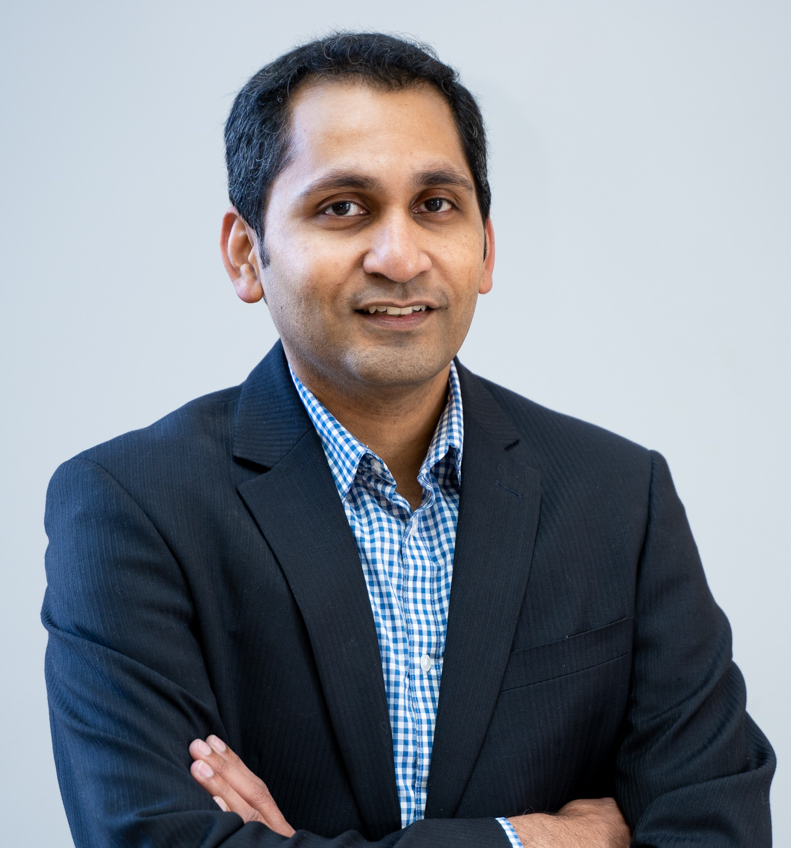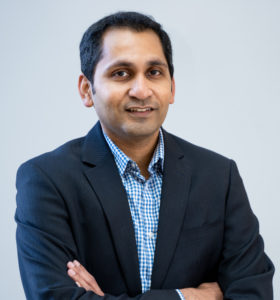

Early intervention is the key to better health outcomes for older adults, but achieving this can be rather elusive in senior care. Care today is reactive and often bogged down in busywork. As it is, many organizations are understaffed, so proactive care in this environment is difficult, if not impossible.
Proactive care requires a near-constant stream of data. A certified nursing assistant may be able to provide this kind of care if they were to spend their entire day caring for a single resident, but the reality is that their attention is constantly split between residents, administrative work and everything else that comes their way.
Simply hiring more staff is expensive and doesn’t address the core problem. Some tasks take an unprecedented amount of time away from resident care without adding significant value. Artificial intelligence provides a solution that not only improves resident care but can also save time and resources.
Let’s use bedside falls as an example. Predicting and preventing a fall requires a massive amount of data. A CNA could gather that data by sitting in a resident’s room and watching them all day, but now you have three CNAs (one per shift) dedicated to preventing a single resident from falling. Another option might be virtual sitters, where you have a person watching 20+ video streams of residents but this is still an overwhelming amount of data for one person.
Artificial intelligence can help augment your existing workforce by automating tasks that are impractical for staff to track. A CNA assisted by AI can identify which residents require the most attention and be confident that other residents are safe with remote monitoring.
For instance, an AI machine-vision sensor installed in a resident’s room can detect movements that indicate a bed exit and notify a caregiver in time to get to the resident before they exit the bed and potentially fall. AI puts the right people in the right place at the right time, saving resources and bandwidth for staff. These systems don’t rely on residents to sound the alarm and won’t bog down staff with unnecessary alerts and protocols.
Recently, John Knox Village won McKnight’s Excellence in Technology “Innovator of the Year” award for the successful implementation of VSTAlert, an AI remote monitoring sensor, in resident rooms. Over a one-year period (July 6, 2019 to July 5, 2020) they reduced falls by 79.5%, far exceeding the project goal of a 27% reduction. “For the past 50 years, everyone in our industry has been working diligently to find ways to reduce falls,” said Daniel Rexroth, Ph.D., president and CEO of John Knox Village. “Our initial results using this technology have been truly remarkable.”
AI technology is assisting healthcare workers, enabling them to care for residents instead of running around responding to false alarms. At VirtuSense Technologies, our mission is to accelerate access to healthcare. We were founded in 2013 by engineers who wanted to prove that you don’t have to wait for a fall or a heart attack to be cared for — predictive AI can make healthcare simple, affordable and accessible without compromising the quality of care.
Deepak Gaddipati is founder and CTO of VirtuSense Technologies with expertise in machine vision, deep-learning and “IoT.” He developed the first commercial full-body, automated scanning system widely deployed across most U.S. airports before turning to healthcare to create solutions for fall and injury prevention.




